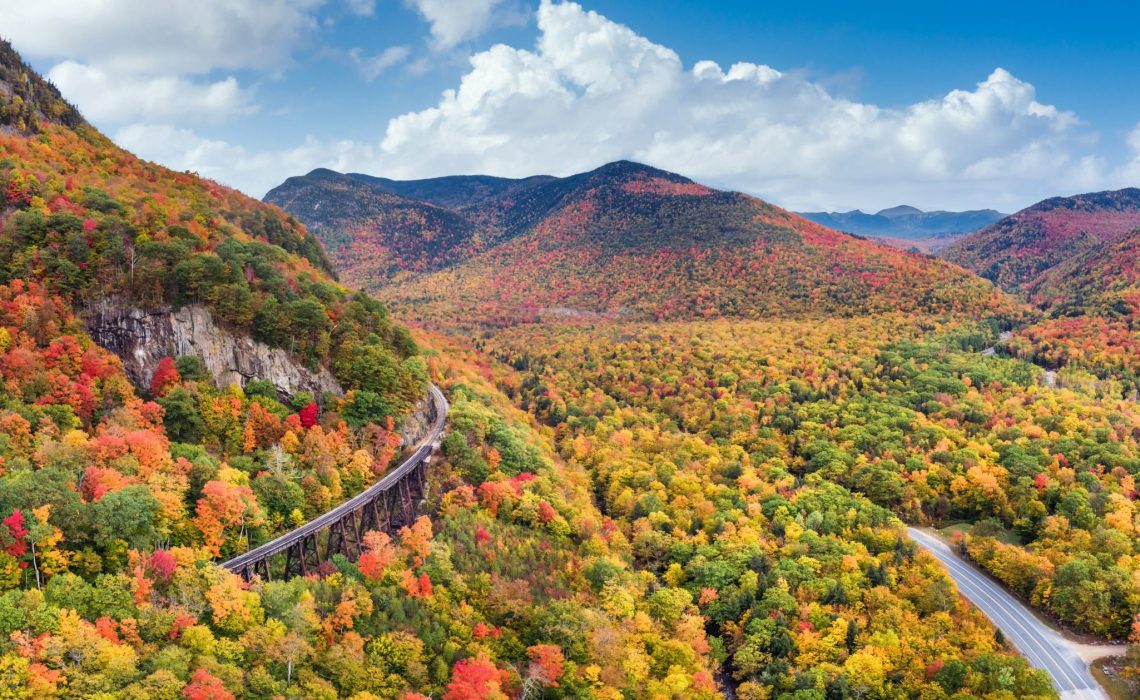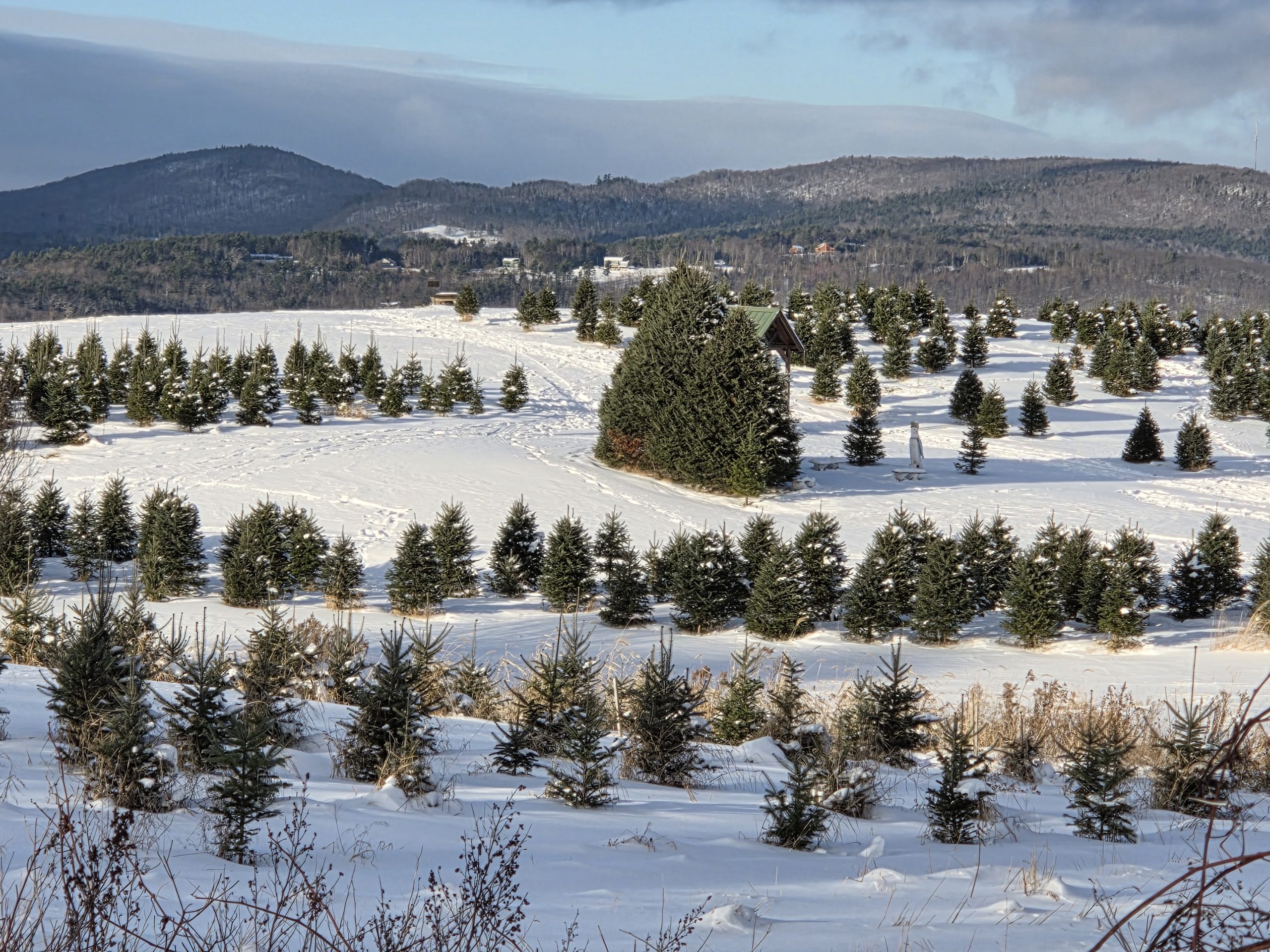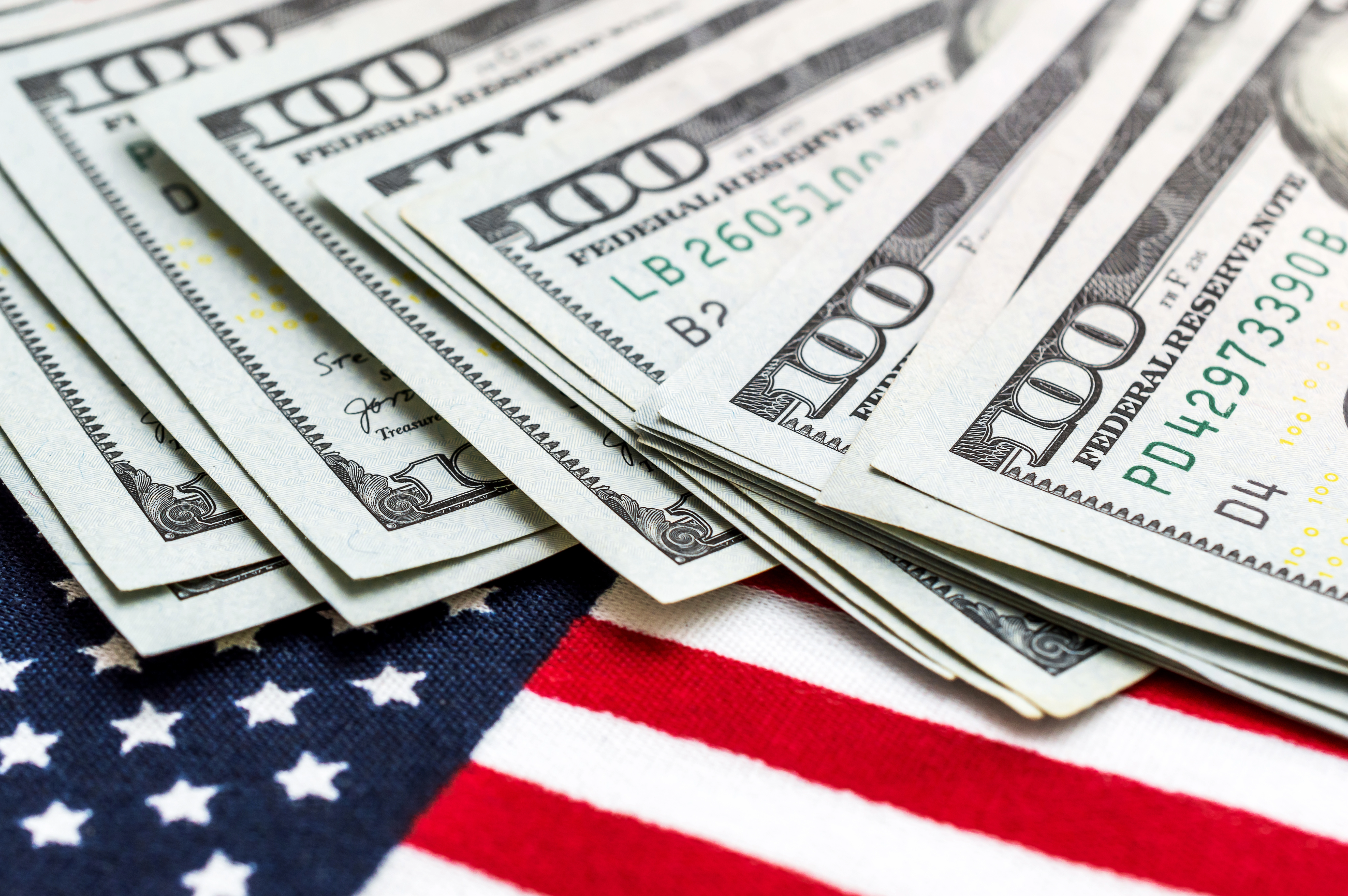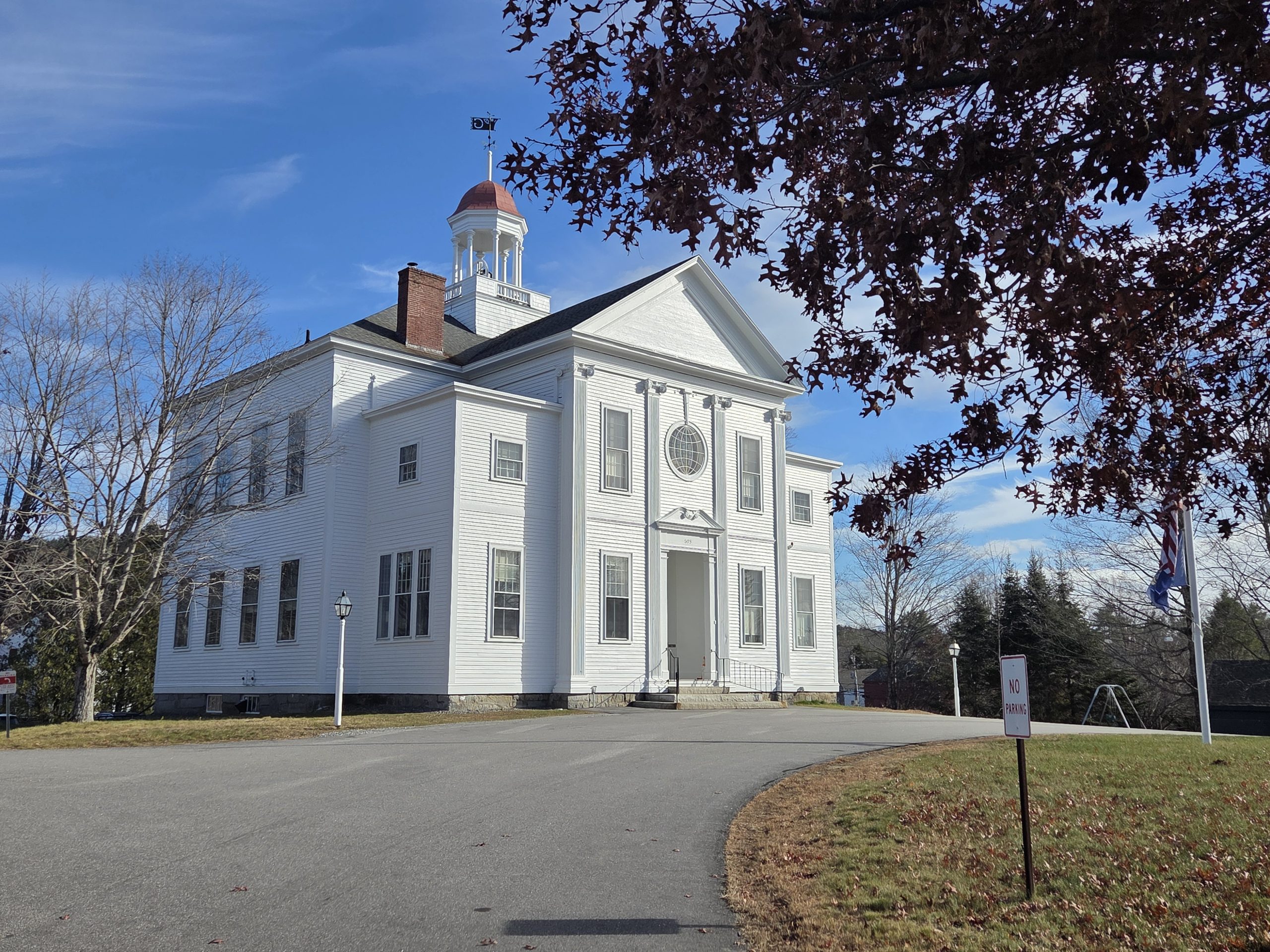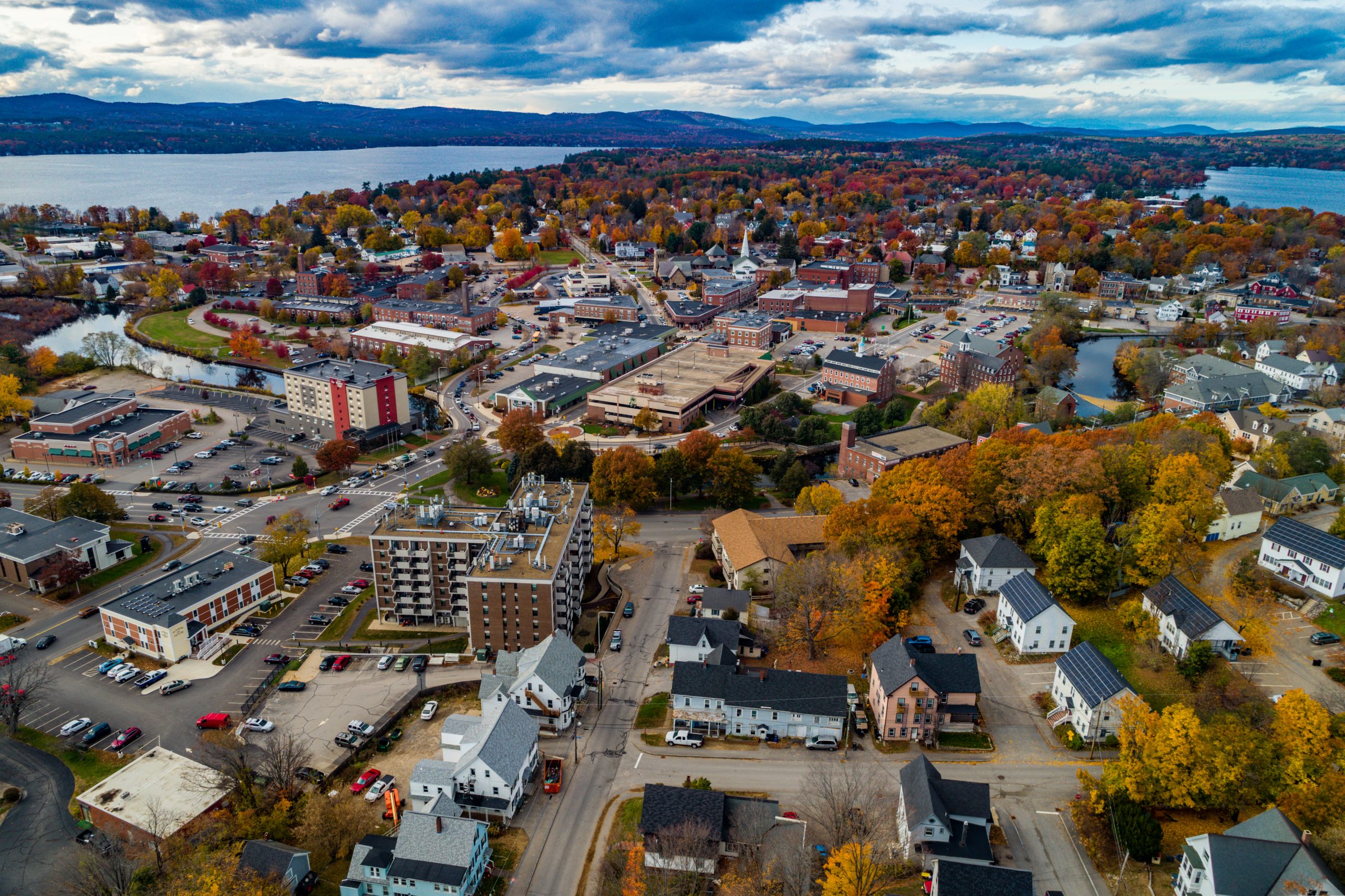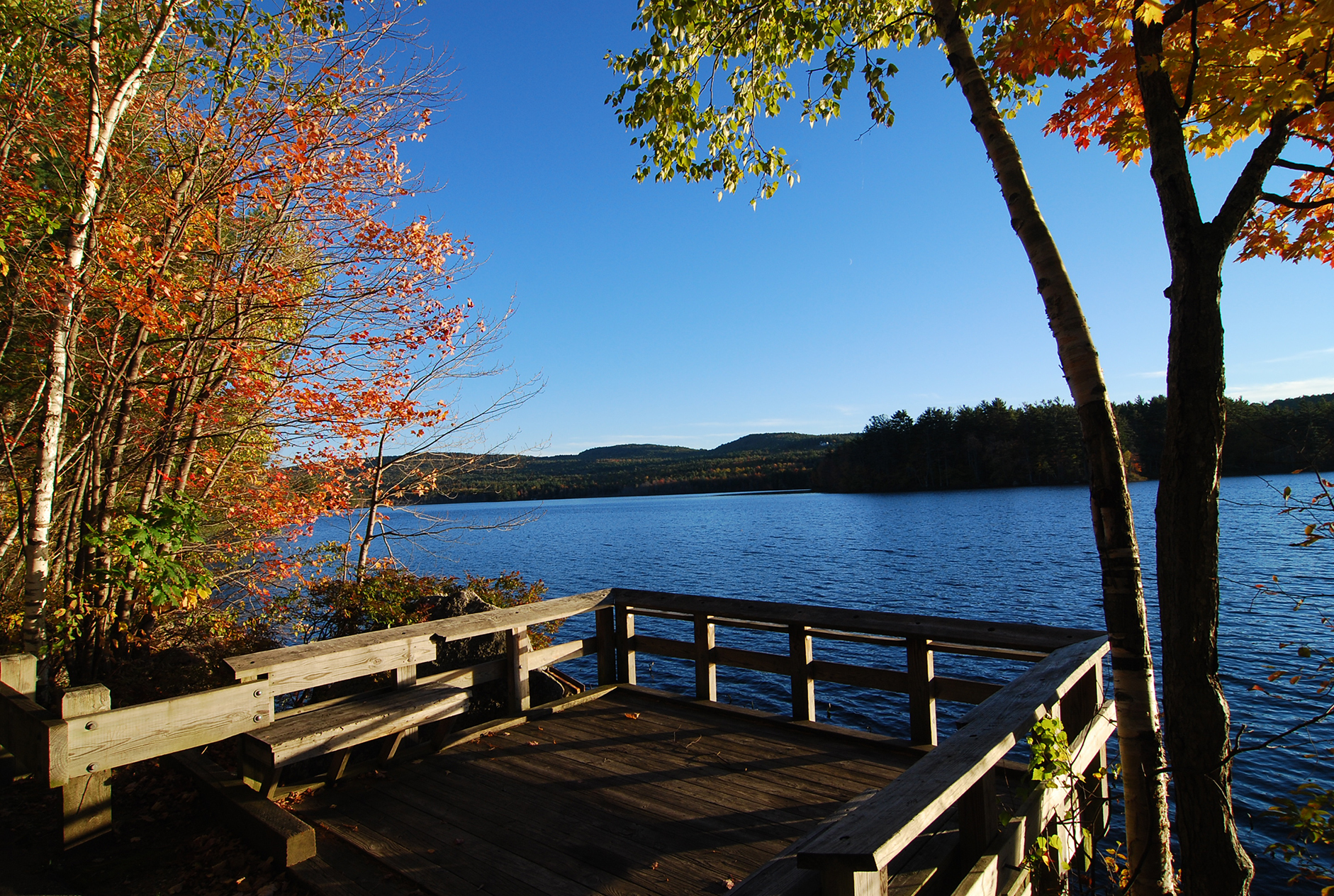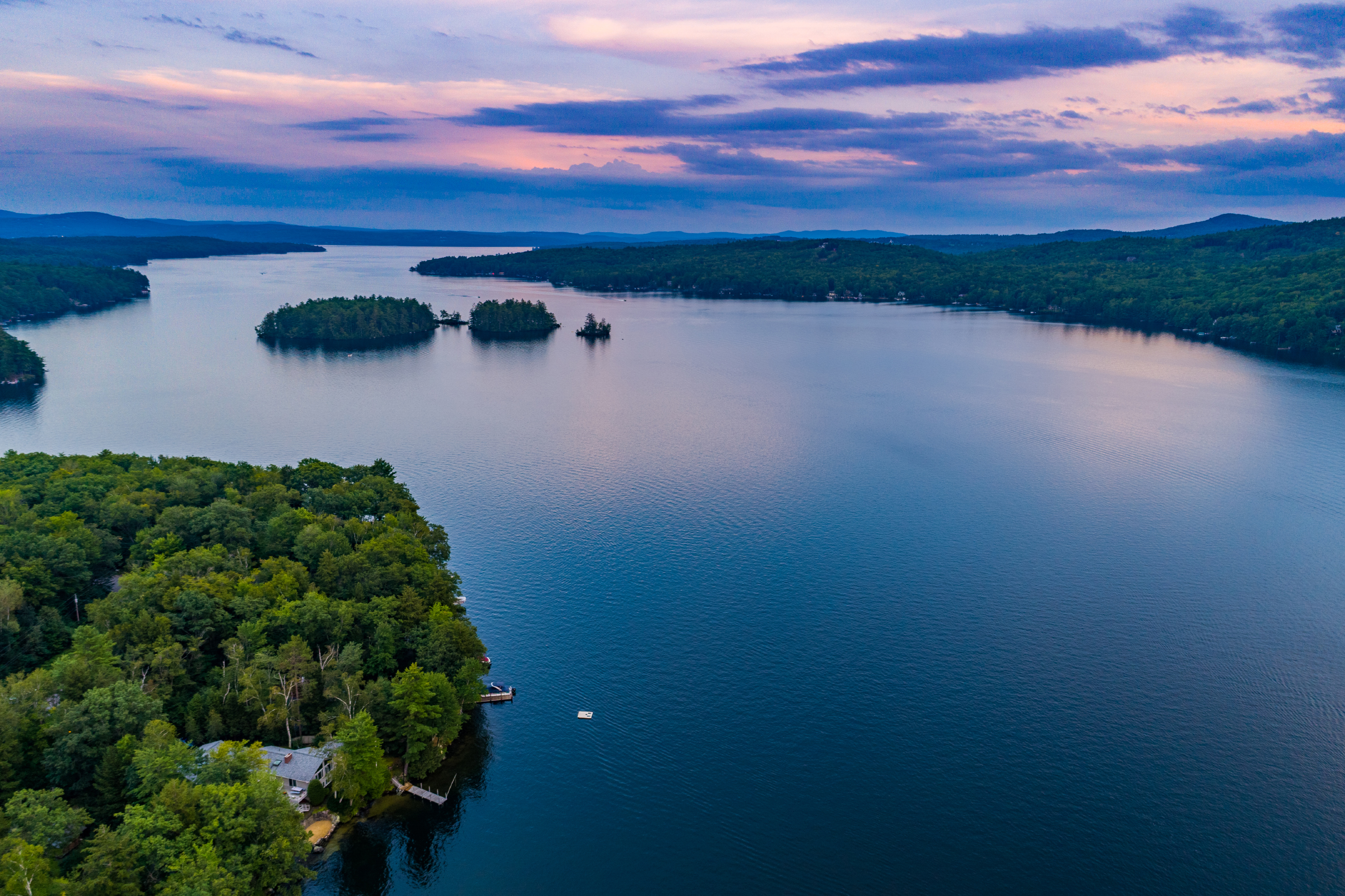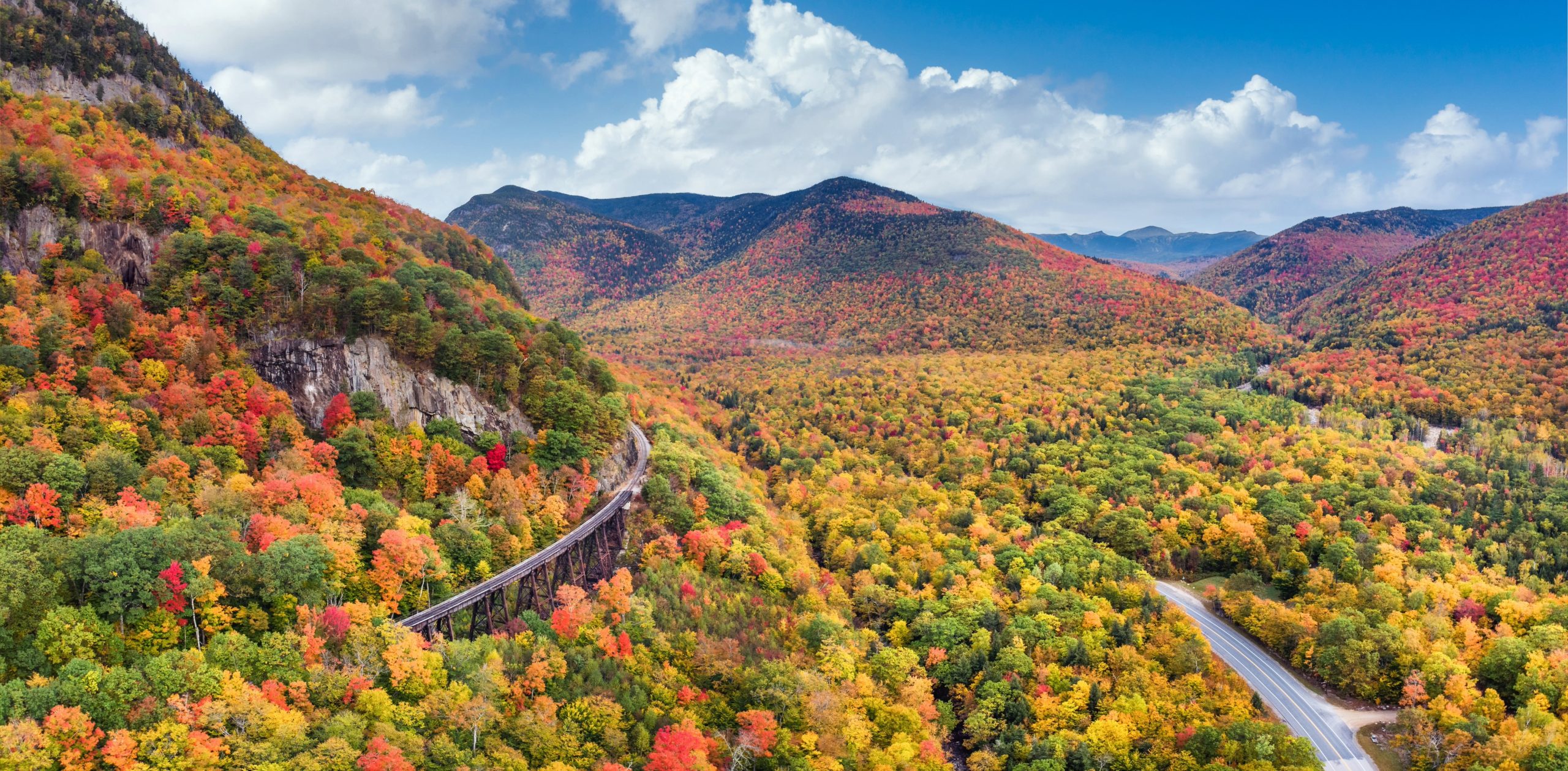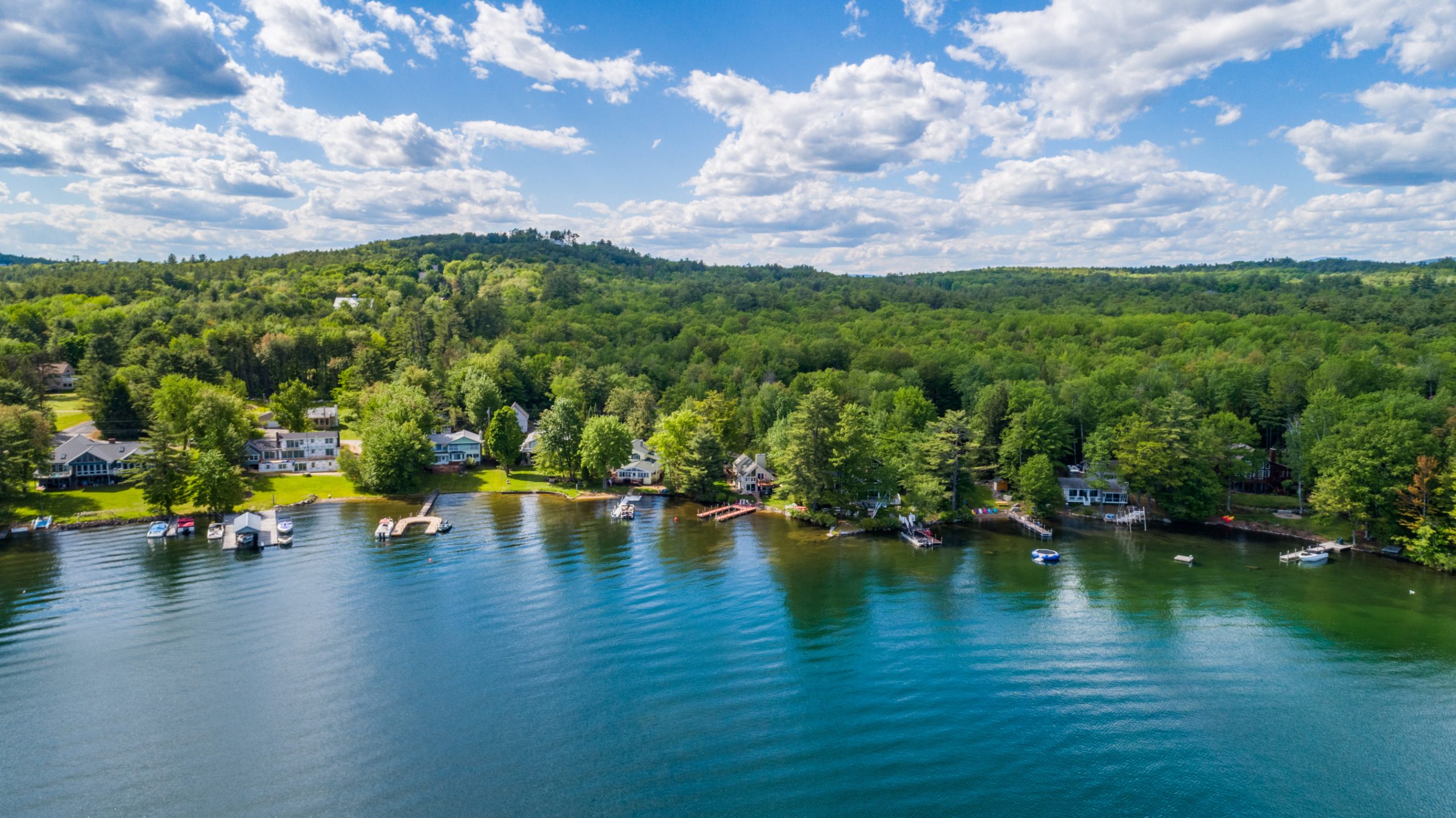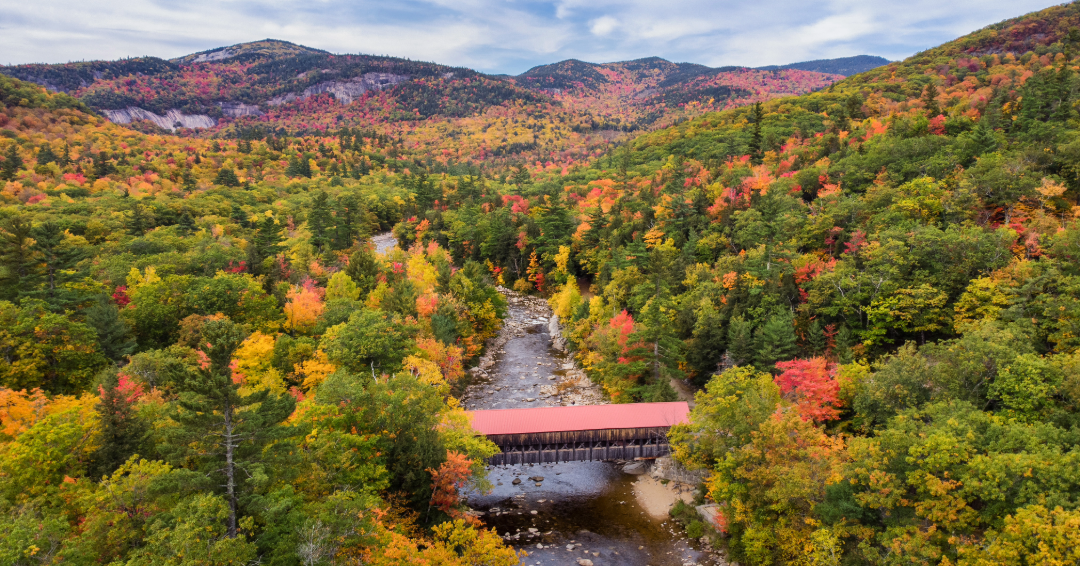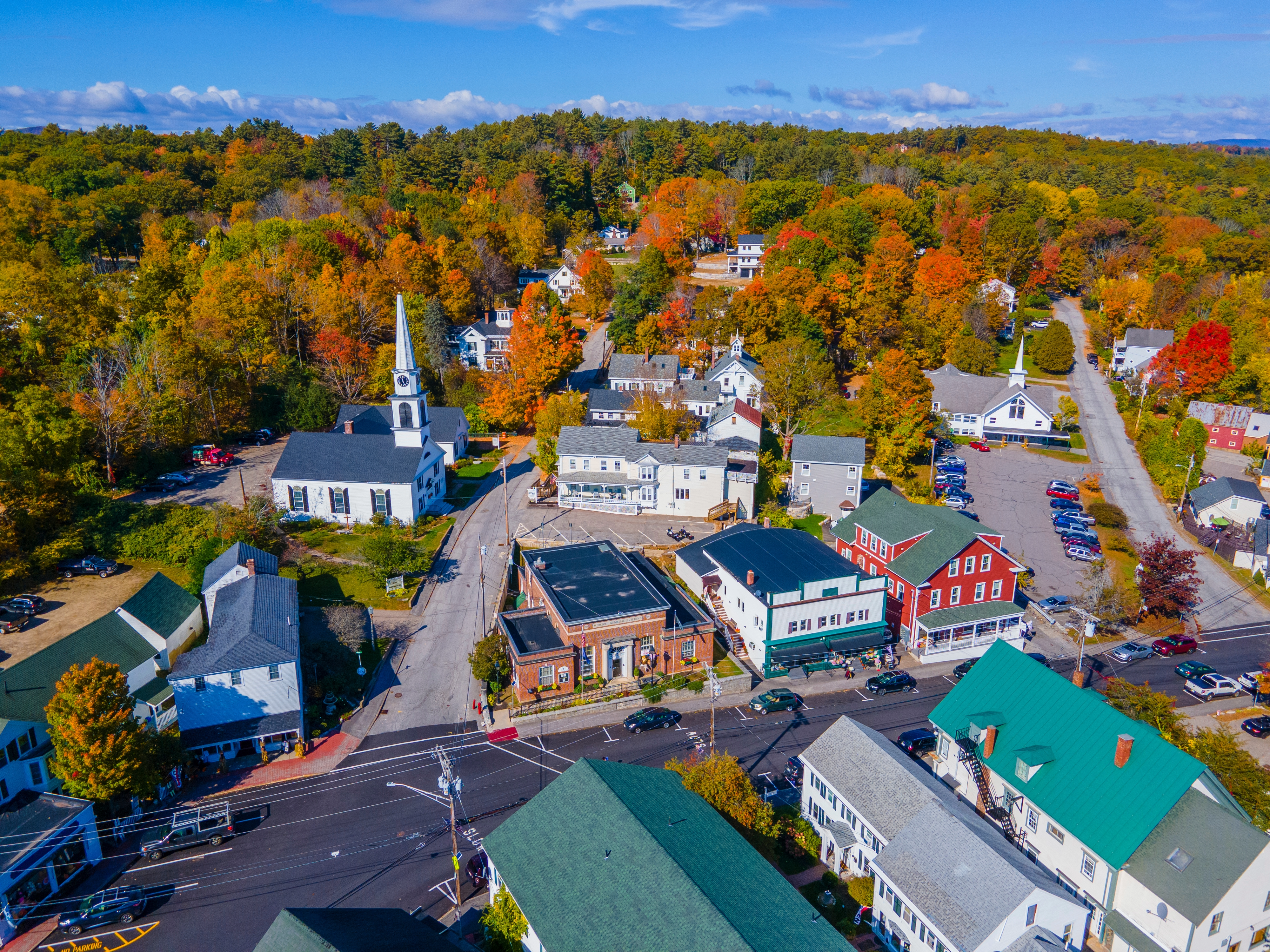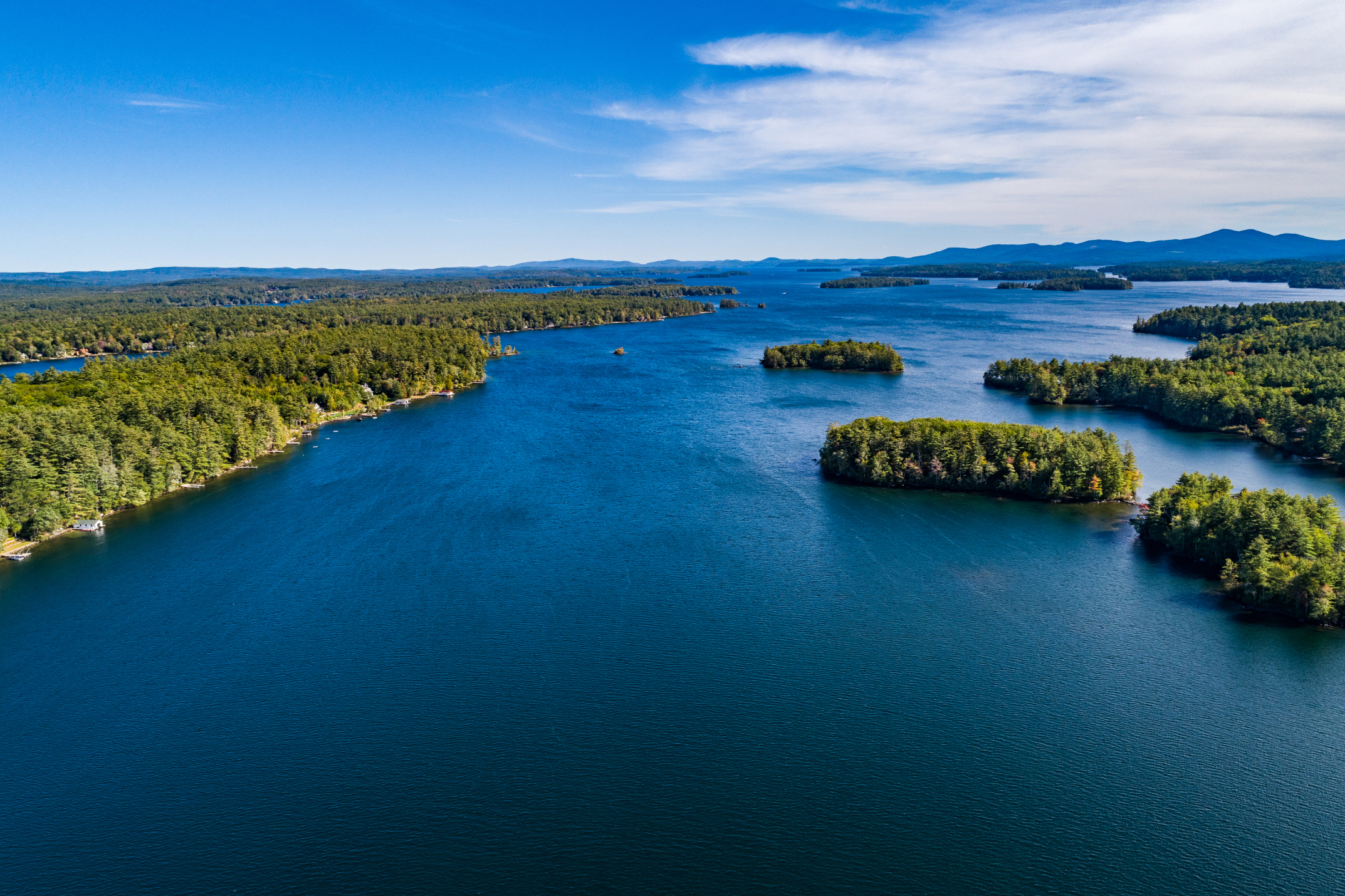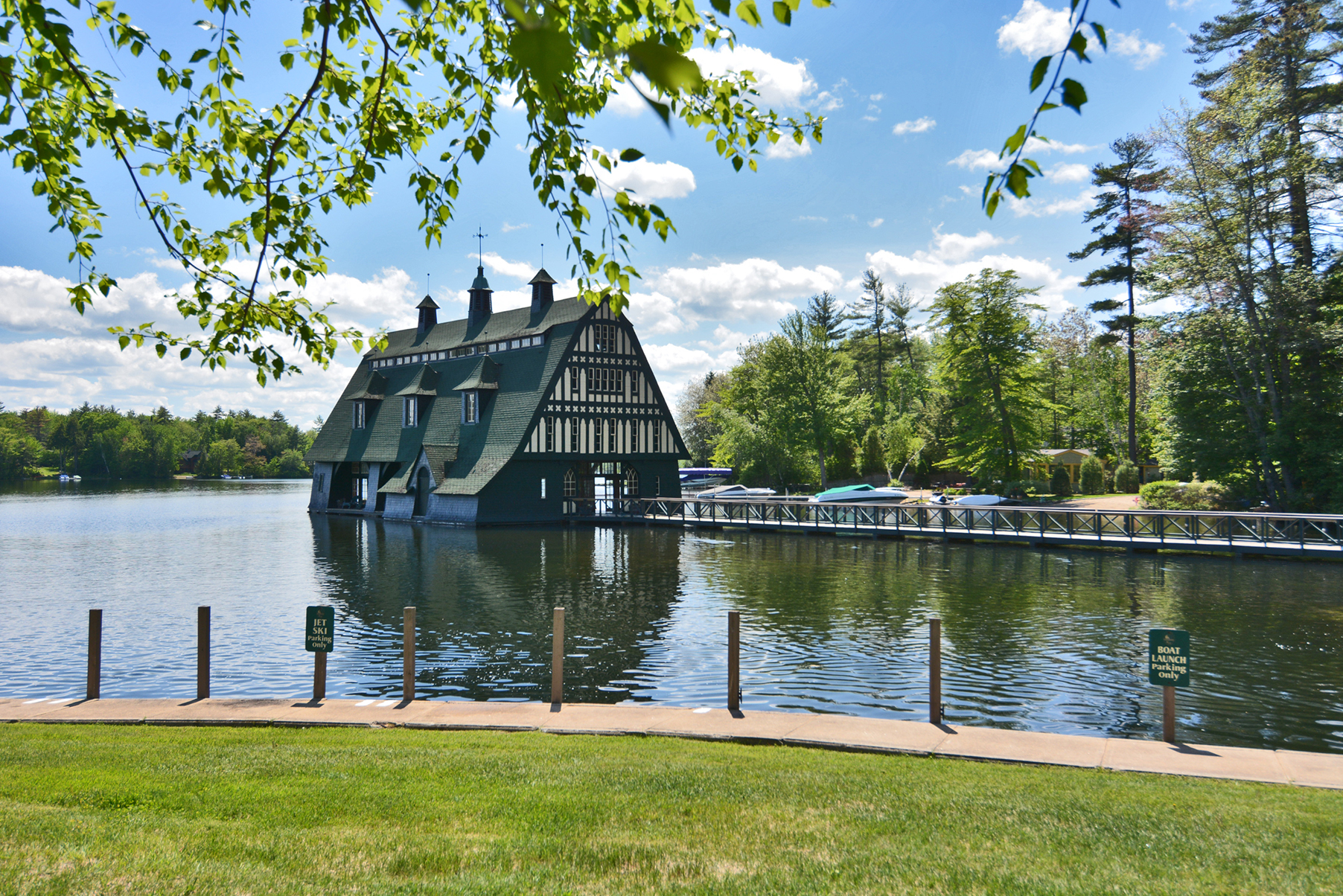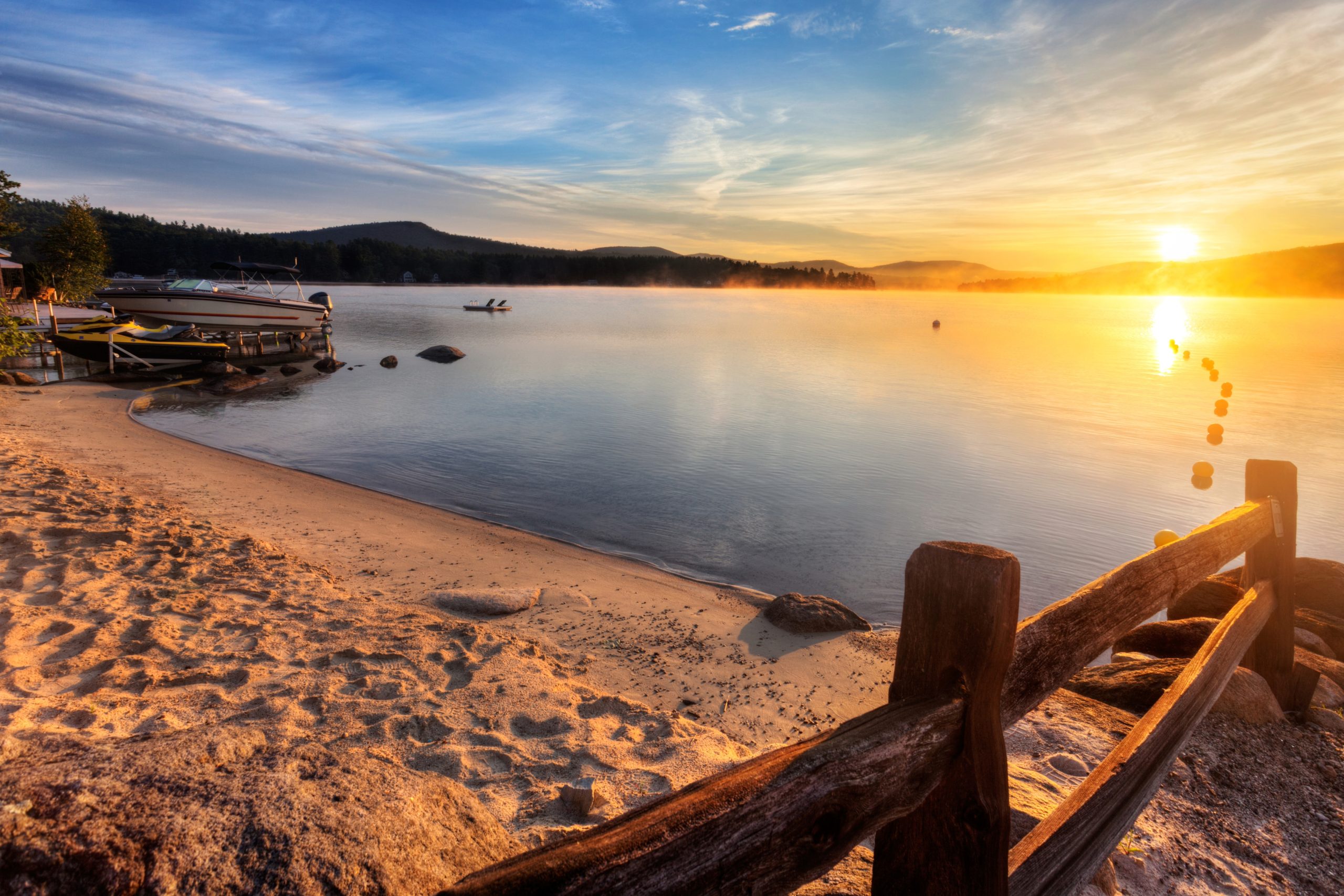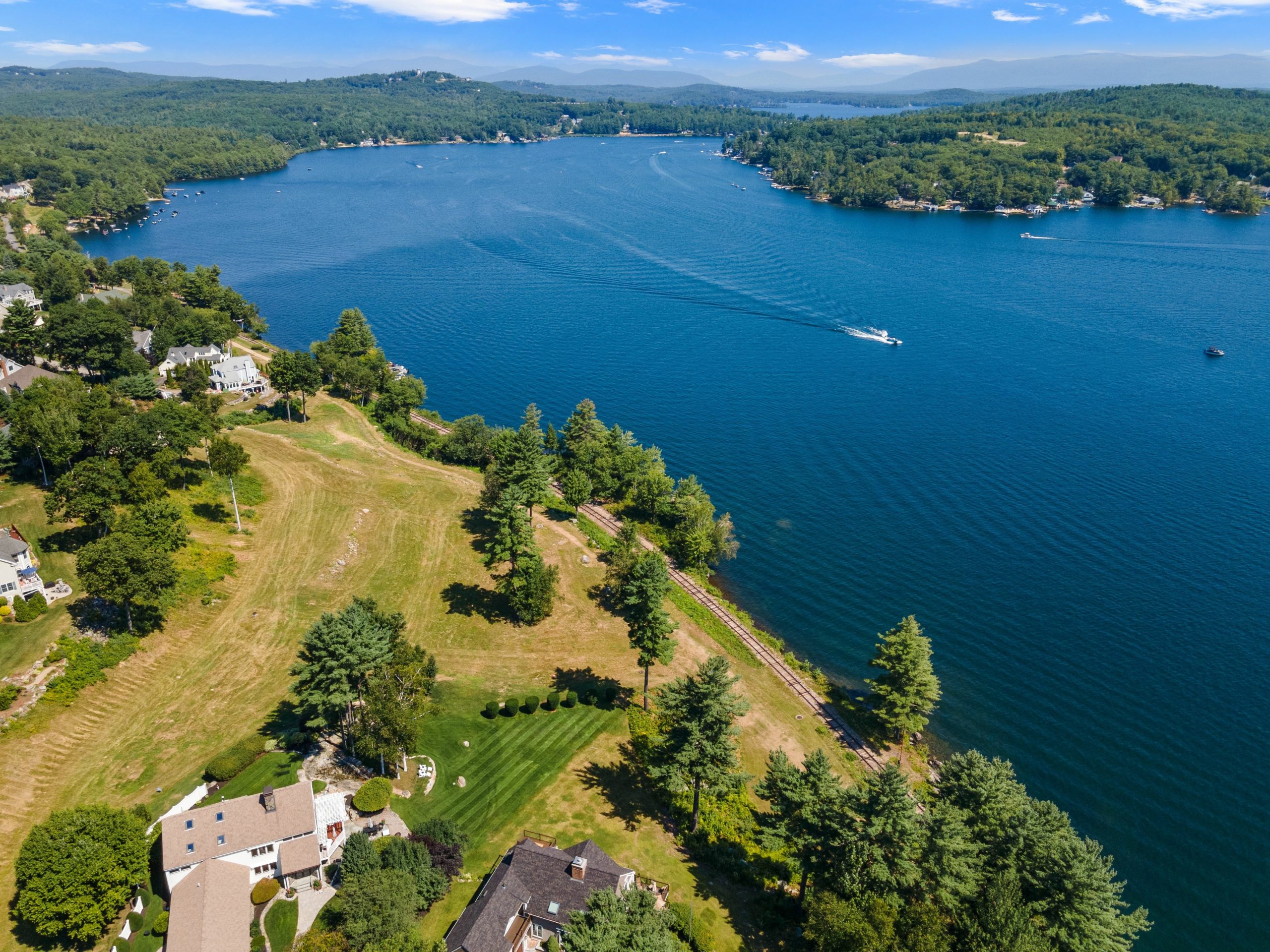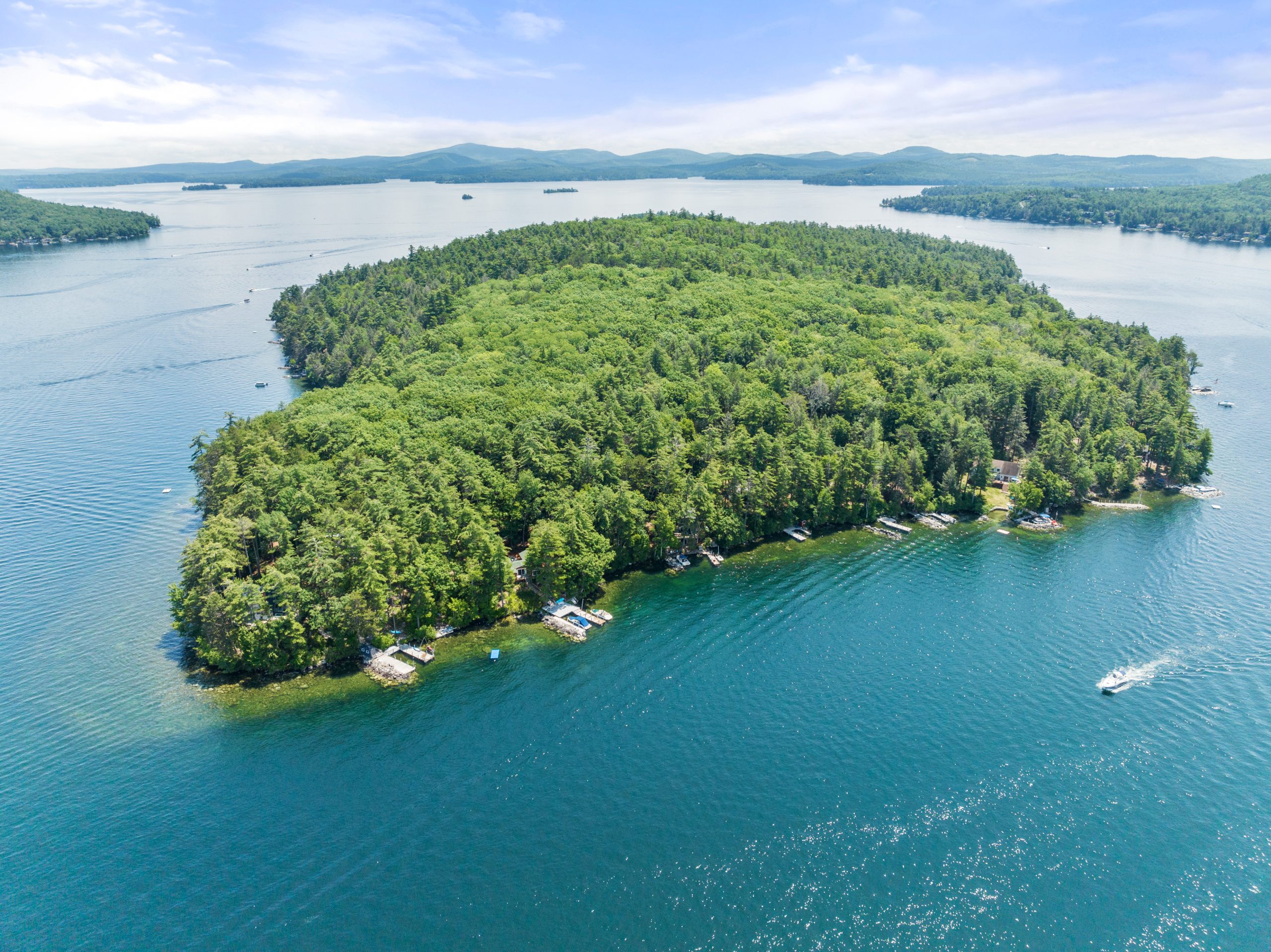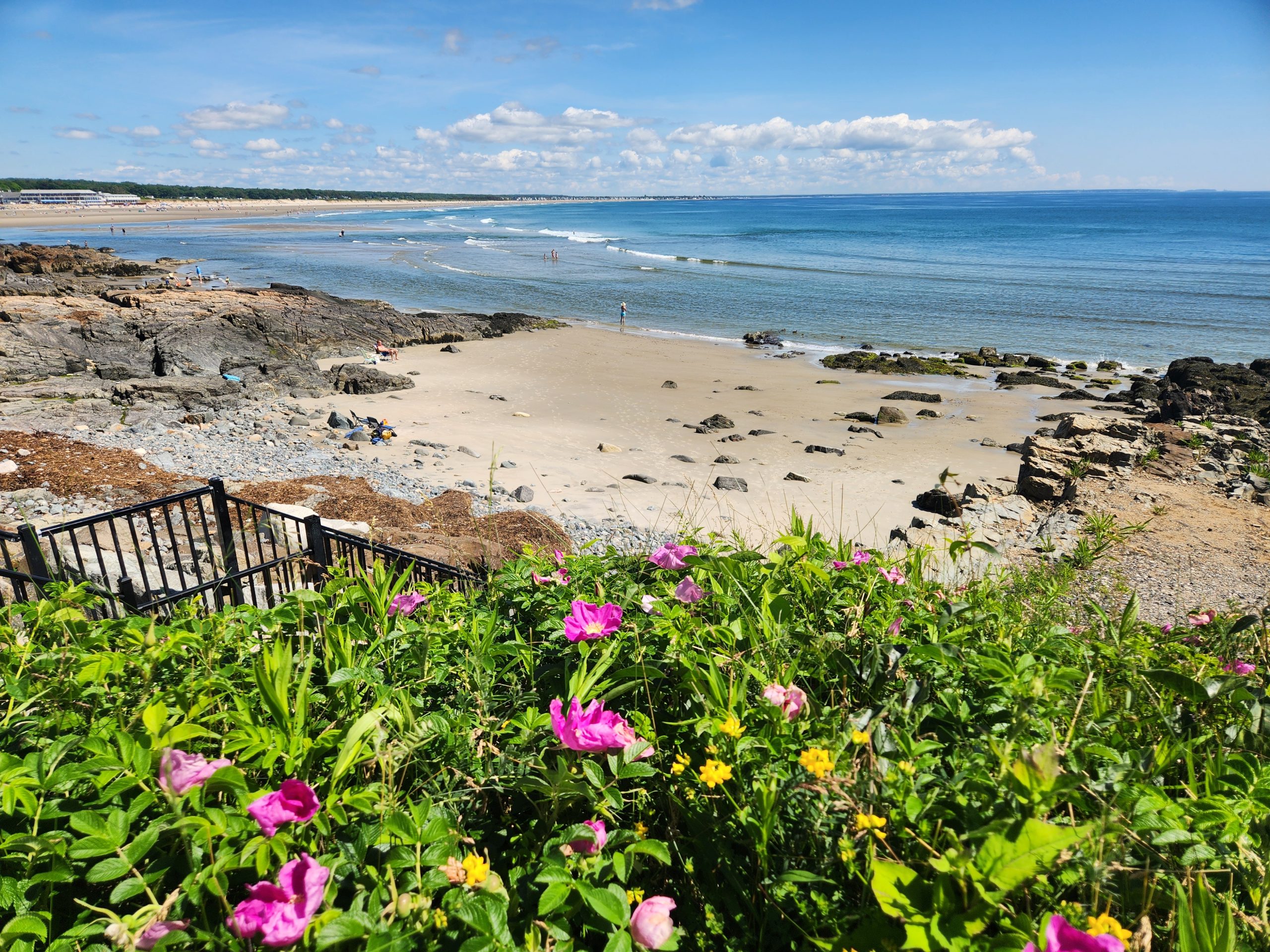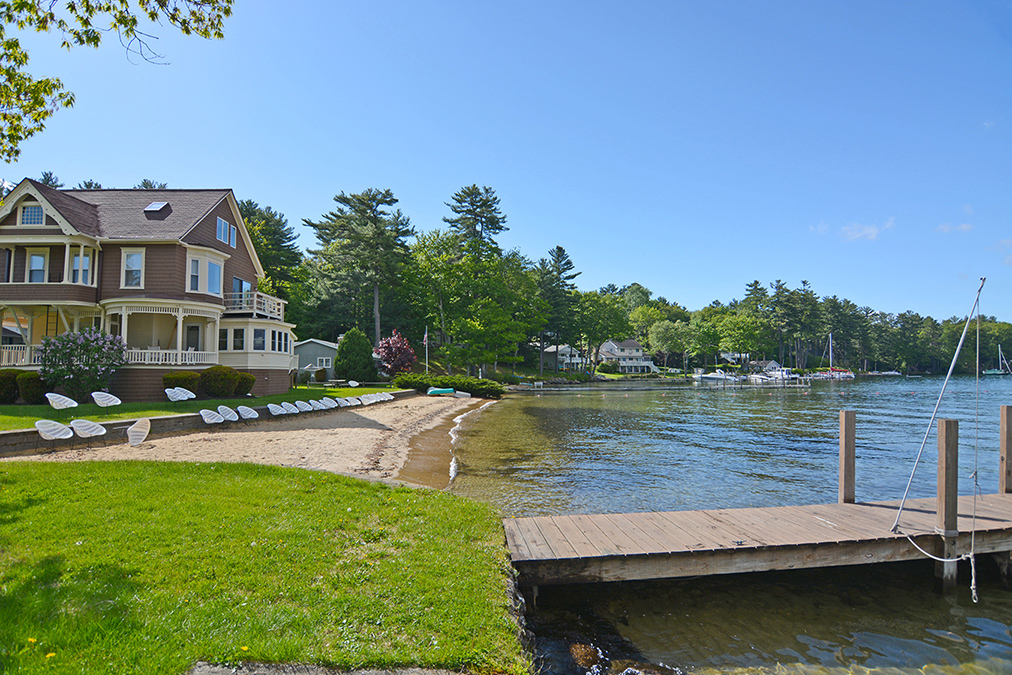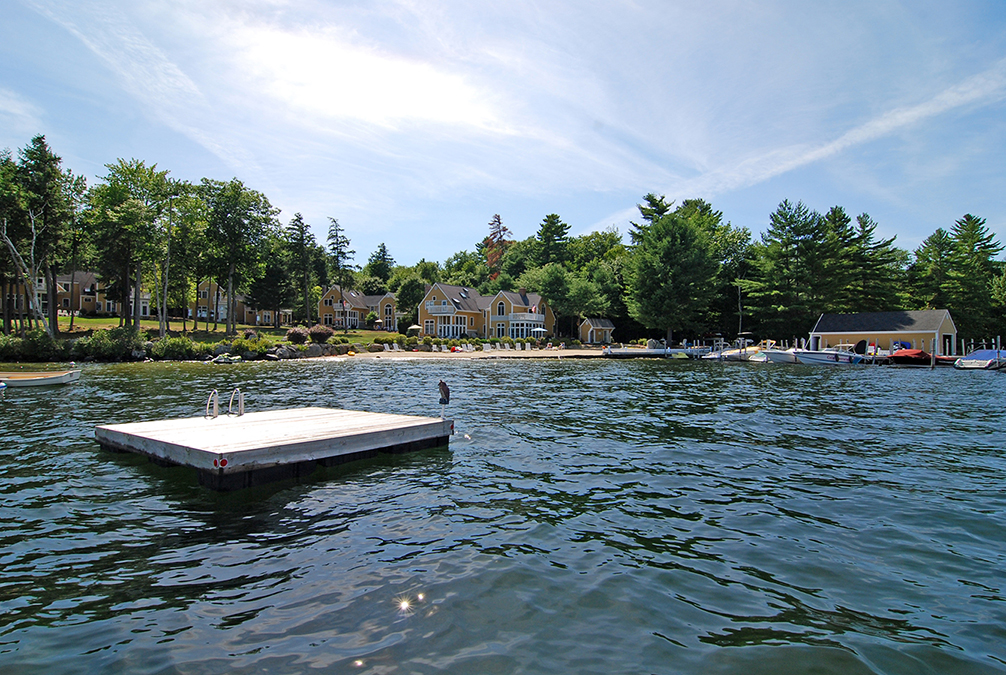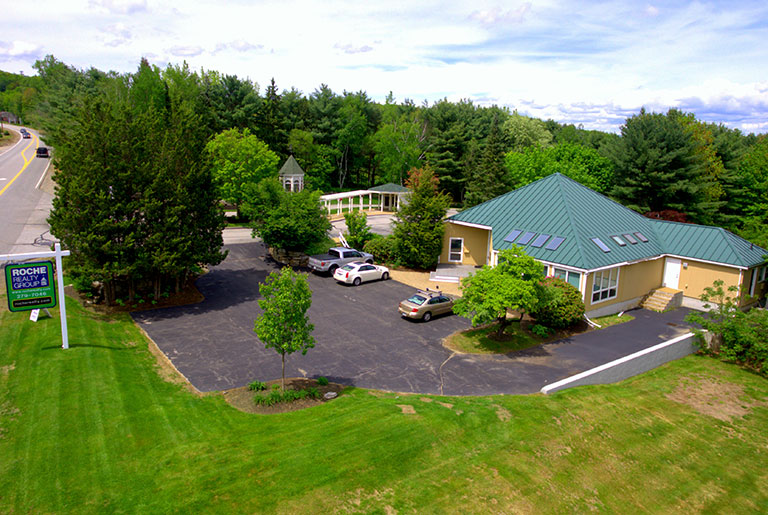A Perfect Day at the Coast
On Tuesday, Nancy and I thought we would take in a change of scenery and head over to the coast to get in our last taste of summer. The weather turned out to be perfect with temps in the low 80s with a nice breeze. Ogunquit, Maine, is a perfect retreat for long walks on the beach, followed up with a walk along the Marginal Way to Perkins Cove, the home of New England’s best lobster chowder. The foliage was starting to show its colors, and the village and beaches were packed with tourists; it literally looked like summer. License plates from all over New England, Maryland, Pennsylvania, New York, New Jersey, Virginia, Tennessee, and North Carolina.
The Draw of New England Fall Foliage
New England is such a popular draw during the fall foliage season. You can see the progression of traffic heading up I-95 to all of the coastal towns and all of the cars parading up I-93 to the Lakes Region and the White Mountains to catch the foliage. In Lincoln this past week, the traffic was bumper to bumper heading through town and off to the Kancamagus Highway.
For the 2025 foliage season, New Hampshire foliage tourism remains a major economic driver, despite the drought challenges that have affected the colors’ timing and vibrancy. The financial impact for New Hampshire is huge. The New Hampshire Division of Travel and Tourism is predicting that approximately 3.7 million visitors would spend an estimated $1.8 billion in the Granite State. WMUR reports noted large crowds scattered throughout the White Mountains, with crowded trailheads full of hikers. The popular “Artist’s Bluff” trail in Franconia Notch is one example. Too many hikers on one small trail, looking more like Newberry Street in Boston.
How Fall Foliage Impacts Local Businesses
This influx of tourists significantly boosts revenue for local businesses, especially the hospitality sector. Restaurants in the Lakes Region were packed — the new sun deck at T-Bones was full, Bernini’s was full of patrons, Patrick’s, Ellacoya Bar and Grill, The Breeze, O’s, Fratello’s, and The Common Man restaurants, and many others were all enjoying record fall foliage crowds.
Many visitors take in our local farm stands like Beans and Greens in Gilford, Moulton’s Farm and Picnic Rock in Meredith, and Stone Mountain in Belmont. Children love the corn mazes and orchards for pick-your-own experiences. Additionally, the local country fairs, pumpkin festivals, visits to our local craft beverage producers, and tax-free retail outlets all have a positive impact on our local economy.
On September 23rd, I attended the grand opening of the Lake Estate on Lake Winnisquam with PK Zyla and Nancy Williams of Roche Realty Group. Together, we listed and sold this spectacular 34-acre site with 3,312 feet of shorefront on Lake Winnisquam to Dan & Elaine Dagesse.
The Dagesses, together with their general managers and minority investors, Ed and Patti Rocco, created and developed a magical luxury resort on the shores of New Hampshire’s third-largest lake. This spectacular 114-room hotel offers every possible amenity and was built in response to the demand for luxury accommodations and increased tourism in the Lakes Region.
I drove by the resort this weekend, and the multitude of cars in the parking lots was a good indicator of our fall visitor impact.
Employment and Economic Benefits of Fall Tourism
I’ve talked with a number of businesses up North in the Lincoln area who report their profit peaks during the fall foliage season. The fall season also creates thousands of seasonal and full-time jobs. It’s reported that tourism activity generates nearly 50,000 jobs annually in New Hampshire, with the highest level occurring during the summer and fall.
The fall tax revenue from visitor spending directly contributes to state coffers through rooms and meal taxes, which fund public services and programs. Also, New Hampshire’s tax-free shopping is a major draw for out-of-state visitors who are incentivized to spend more on goods while enjoying the fall scenery.
Have you been to North Conway recently? The inns, restaurants, and outlet malls are packed with tourists.
The New Hampshire Advantage
There’s no question the fall tourism season showcases what is often called the “New Hampshire advantage,” attracting visitors who may consider relocating or investing in the state, contributing to ongoing economic growth beyond their initial visit.
Look at how many initial tourists have decided to purchase second homes, condominiums, and retirement homes in the Lakes Region.
Outdoor Recreation and the Granite State Economy
Outdoor recreation in New Hampshire has expanded exponentially. The industry now accounts for 4.5% of the Granite State’s workforce, generating $1.5 billion in wages and ranks 9th in the country for outdoor recreation as a percentage of the state’s GDP.
A Season Worth Celebrating
As you can see, the fall foliage season has a tremendous impact on New Hampshire’s economy, supporting businesses across the state.
Before the vibrant colors fade, take time to soak in the beauty—this truly is one of the best times of the year. With perfect weather and breathtaking scenery, now’s the time to get outside and enjoy all that fall in New Hampshire has to offer.

This article was written by Frank Roche. Frank is president of Roche Realty Group located in Meredith, NH, and can be reached at (603) 279-7046. Please feel free to visit www.rocherealty.com to learn more about the Lakes Region and its real estate market.
Frequently Asked Questions About Fall Foliage and the New Hampshire Economy
1. How does fall foliage impact New Hampshire’s economy?
Fall foliage season is one of New Hampshire’s most important economic drivers. Each year, millions of visitors come to the Granite State to experience the vibrant autumn colors, generating over $1.8 billion in spending. This influx supports local restaurants, hotels, shops, and attractions throughout the Lakes Region, White Mountains, and beyond.
2. How many people visit New Hampshire during the fall foliage season?
The New Hampshire Division of Travel and Tourism estimates that around 3.7 million visitors come to the state each fall to view foliage, hike, and explore seasonal festivals and attractions. These visitors significantly boost revenue for local businesses and contribute to state tax funds.
3. What areas of New Hampshire benefit most from fall tourism?
The White Mountains, Lakes Region, and North Conway are among the top destinations for foliage tourism. Towns like Lincoln, Franconia Notch, Meredith, Gilford, and Belmont experience increased business for hotels, restaurants, and retail outlets during peak foliage weekends.
4. Does fall tourism create jobs in New Hampshire?
Yes. Tourism activity in New Hampshire generates nearly 50,000 jobs annually, many of which peak during the summer and fall months. The season supports both seasonal and full-time employment in hospitality, recreation, retail, and service industries.
5. Why do visitors spend more money in New Hampshire during fall?
New Hampshire’s tax-free shopping and wide variety of local attractions—including farm stands, orchards, pumpkin festivals, and craft beverage producers—encourage visitors to spend locally. Many travelers also dine out, stay in local inns, and participate in outdoor activities that help drive the economy.
6. What is the “New Hampshire advantage” mentioned in the article?
The “New Hampshire advantage” refers to the state’s combination of natural beauty, no sales tax, strong community values, and business-friendly environment. Fall tourism not only supports the current economy but also attracts people who later decide to relocate, invest, or retire in the state.
7. How does outdoor recreation contribute to the state’s economy?
Outdoor recreation now makes up 4.5% of New Hampshire’s workforce and generates $1.5 billion in wages, ranking 9th in the nation for recreation-based GDP. Fall activities such as hiking, biking, and sightseeing play a major role in this growing sector.
8. When is the best time to visit New Hampshire for fall foliage?
Peak foliage typically occurs from late September through mid-October, depending on the region and weather patterns. The White Mountains usually change first, followed by the Lakes Region and southern parts of the state. However, the season can shift slightly due to temperature and rainfall conditions.
